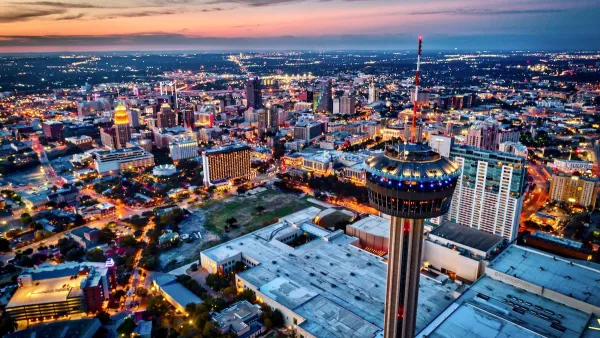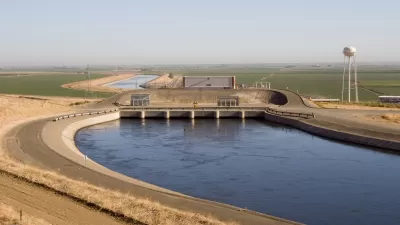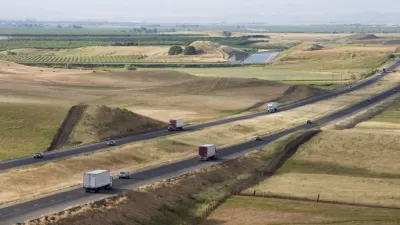As climate change affects the habitats and migratory patterns of protected species, many are calling for protected areas to shift along with the animals they're intended to safeguard.
"Changing weather patterns have shifted upwelling currents, the productive areas that support large anchovy schools, northward. On average, Punta Tombo penguins must now swim 25 miles farther for a meal – 50 miles total – compared with a decade ago. Some penguins have simply established new colonies closer to their food source, welcome evidence of their ability to adapt."
"But the move also worries Boersma: At Punta Tombo, the penguins are protected. In their new colonies farther north, on private land, they're not."
"The aquatic birds' exodus from a safe haven highlights a quandary presented by a changing world: How do people, with their landlubber bias, protect and manage marine ecosystems that, by definition, go with the flow?"
"So far, few – and maybe none – of the more than 4,500 marine protected areas (MPAs) established worldwide have been explicitly designed to cope with climate change and the issues exemplified by the Magellanic penguins, say experts. Getting protected areas drawn on a map is hard enough, they note. Establishing one that moves or adjusts with changing conditions – a roving MPA – will be harder still."
FULL STORY: Parks that can move when the animals do

Planetizen Federal Action Tracker
A weekly monitor of how Trump’s orders and actions are impacting planners and planning in America.

Chicago’s Ghost Rails
Just beneath the surface of the modern city lie the remnants of its expansive early 20th-century streetcar system.

San Antonio and Austin are Fusing Into one Massive Megaregion
The region spanning the two central Texas cities is growing fast, posing challenges for local infrastructure and water supplies.

Since Zion's Shuttles Went Electric “The Smog is Gone”
Visitors to Zion National Park can enjoy the canyon via the nation’s first fully electric park shuttle system.

Trump Distributing DOT Safety Funds at 1/10 Rate of Biden
Funds for Safe Streets and other transportation safety and equity programs are being held up by administrative reviews and conflicts with the Trump administration’s priorities.

German Cities Subsidize Taxis for Women Amid Wave of Violence
Free or low-cost taxi rides can help women navigate cities more safely, but critics say the programs don't address the root causes of violence against women.
Urban Design for Planners 1: Software Tools
This six-course series explores essential urban design concepts using open source software and equips planners with the tools they need to participate fully in the urban design process.
Planning for Universal Design
Learn the tools for implementing Universal Design in planning regulations.
planning NEXT
Appalachian Highlands Housing Partners
Mpact (founded as Rail~Volution)
City of Camden Redevelopment Agency
City of Astoria
City of Portland
City of Laramie





























